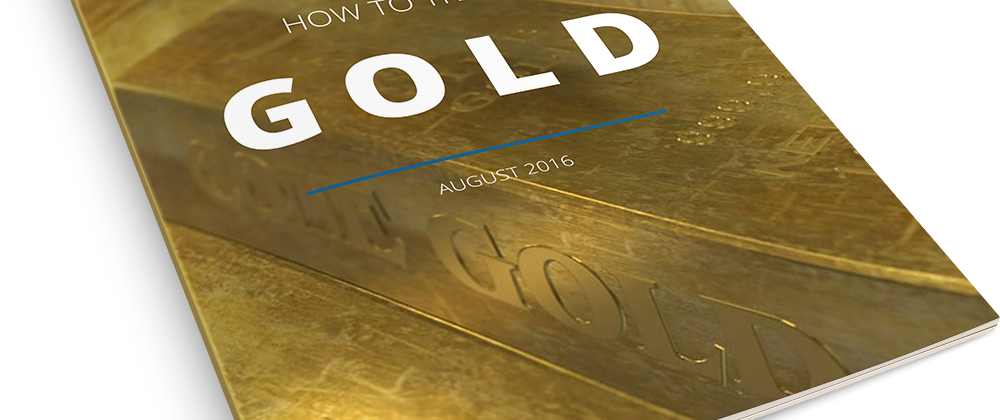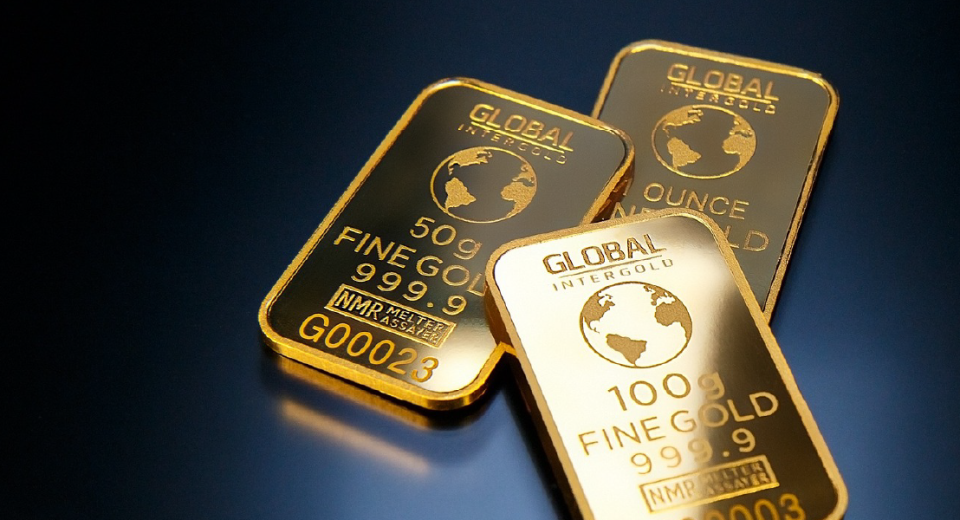Price History: Gold in the last 100 years

Have you ever heard the phrase “rich as Croesus”? The phrase comes from the Lydian King Croesus, who was the first king to use gold as currency, in the form of gold coins, in 560 BC. From times immemorial, nations have fought and plundered each other for gold reserves, because the value of the currency was based only on the value of the metal itself. The nations that had large gold reserves were considered the wealthiest, prompting explorers like Columbus and others to venture out in search of the new worlds, with the blessings of their home countries.
Today, gold still remains a symbol of prestige and power. The entire global economy, including the banking systems, currencies and inflation rates, depend on fluctuations in gold prices. The history of gold and its price is rather tumultuous and eventful. Here’s a look at the major events that shaped its history in the last 100 years.
Gold Standard Act of 1900
Till 1717, Britain had increased its gold prices by about £1 each year to reach a figure of £4.25. In the 1800s, the Gold Standard was established, which was the underlying value of all paper currencies in most countries, including USA, the price of which was set at $19.49. Countries aimed to maintain their gold reserves, to keep the value of their currency intact.
The Gold Standard Act of 1900 by President William McKinley of the United States, established gold as the sole basis for redeeming paper currency, and halted the practice of bimetallism, which took silver completely out of the equation. USA set the value of gold at $20.67 an ounce and valued the dollar at 25.8 gm of gold.
Impact of the Great Depression
In 1929, recession hit USA, after the Federal Reserve increased interest rates, leading to the stock market crashing in the same year. Investors started redeeming dollars for gold. By 1931, the interest rates skyrocketed, in an effort to maintain the gold reserves. This made loans expensive and put companies out of business, giving rise to massive unemployment, and the recession went on to become a depression; the greatest the world had seen so far, plunging gold prices to $17.06.
By 1932, speculators again turned in money for gold. Gold prices rose to $20.69, leading to more hoarding and ultimately a law was passed by President Roosevelt, which outlawed private ownership of gold coins and certificates in 1933. Americans sold their gold to the Federal Reserves; the gold price was $26.33 by now.
By 1934, Congress had passed the Gold Reserve Act to prohibit private ownership of gold in the US. President Roosevelt raised the price to $35 an ounce.
Bretton Woods Agreement of 1944
Great Britain had maintained its price of gold at £4.25. In 1944, the Bretton Woods Agreement, signed after World War II, decided that the developed countries would fix their currencies against the US dollar, since it held 75% of the world’s gold reserves.
After World War I, countries had returned to following the Gold Standard, but the defence of gold prices by the US Federal Reserve led to a huge depression, causing many countries to abandon the Gold Standard. The Bretton Woods agreement gave nations more flexibility than the Gold Standard, with less volatility. The IMF was setup, and given the status of the world’s central bank. The US retained its gold price at $35 an ounce.
1971 Onwards
Till 1968, gold prices remained at an average of $36 an ounce. In 1969, as president Nixon came to power, the price surged to $41. But, in 1971, in an effort to end a crisis of stagflation in the US, Nixon asked the Fed to stop calculating the dollar’s value in gold, basically taking the dollar off the gold Standard, leading to a collapse of the Bretton Woods system. Nixon revalued the dollar to 1/38 of an ounce of gold.
By 1973, the Gold Standard had ended, the Fed had almost doubled the interest rates, and the price of gold now stood to a whopping $106.72 per ounce. President Nixon singlehandedly played a huge role in gold price history. In 1974, following the Watergate scandal, gold price surged to $184 an ounce.
By 1980, gold price had surged to $594.92, as a result of traders hedging against double-digit inflation. Over the years, the US has increased its interest rates to counter inflation. By 1996, the price dropped to $288 an ounce, amidst steady economic growth.
The 2008 Financial Crisis Onwards
The 2008 subprime crisis led to gold prices reaching a figure of $870, the highest ever. By 2011, a period of huge economic uncertainty loomed over the world. There were serious concerns about the US defaulting on its debt repayments. Along with this, other factors, such as Obamacare and the Dodd-Frank Act, led to gold hitting a figure never imagined before. On September 5, 2011, gold price reached $1,895 an ounce.
Since then, the US economy has been moving at a steady pace, with a strong dollar leading to a reduction in gold prices. Today, as of December 20, 2017, the gold price stands at $1,267.60.
Disclaimer
If you liked this educational article please consult our Risk Disclosure Notice before starting to trade. Trading leveraged products involves a high level of risk. You may lose more than your invested capital.




